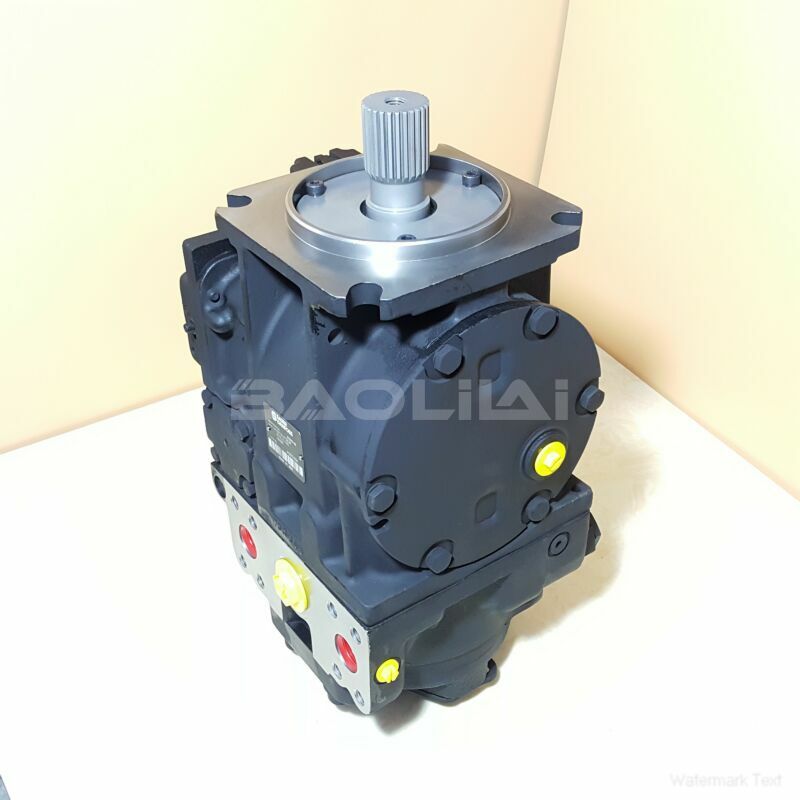90R055KA5AB60P4C6C03GBA353528 danfoss pump
90R055KA5AB60P4C6C03GBA353528 danfoss pump

- Product Details
- Applicable Scene
In various industrial applications, the efficient transfer and management of heat are critical to maintaining optimal operational performance. Hydraulic pumps play a vital role in facilitating fluid circulation within heat exchangers and cooling systems, ensuring effective heat transfer and temperature regulation. This article explores the significance of hydraulic pumps in these applications, examining their types, functions, and the benefits they provide.
90-R-055-KA-5-AB-60-P-4-C6-C-03-GBA-35-35-28
90R055KA5AB60P4C6C03GBA353528
Heat exchangers are devices engineered to transfer heat between two or more fluids without mixing them. In these systems, the movement and flow rate of the fluids are crucial to achieving maximum thermal efficiency. Hydraulic pumps are employed to circulate the fluids through the heat exchanger, maintaining a constant and controlled flow, which is essential for heat transfer efficiency.

83044547
One of the primary types of hydraulic pumps used for fluid circulation is the centrifugal pump. These pumps utilize rotational kinetic energy to move the fluid, making them ideal for applications requiring high flow rates. The design of centrifugal pumps allows them to handle various fluid viscosities and contaminants, providing versatility in different cooling systems. They are commonly used in large-scale industrial applications, including power plants, chemical processing, and HVAC systems.
Another type of pump used in fluid circulation is the positive displacement pump. Unlike centrifugal pumps, positive displacement pumps move fluid by trapping a fixed amount and forcing it through the outlet. This type of pump is particularly effective in situations where precise flow rates are critical, such as in laboratory cooling systems or small-scale industrial applications. Positive displacement pumps can also handle thicker fluids with higher viscosities, which are often present in certain cooling applications.
The efficiency of hydraulic pumps directly impacts the overall performance of heat exchangers and cooling systems. Properly sized and selected pumps ensure that the required flow rates are maintained, which is essential for maximizing thermal transfer. Inadequate fluid circulation can lead to hot spots, reduced efficiency, and increased energy consumption, ultimately affecting the system’s reliability and operating costs.





